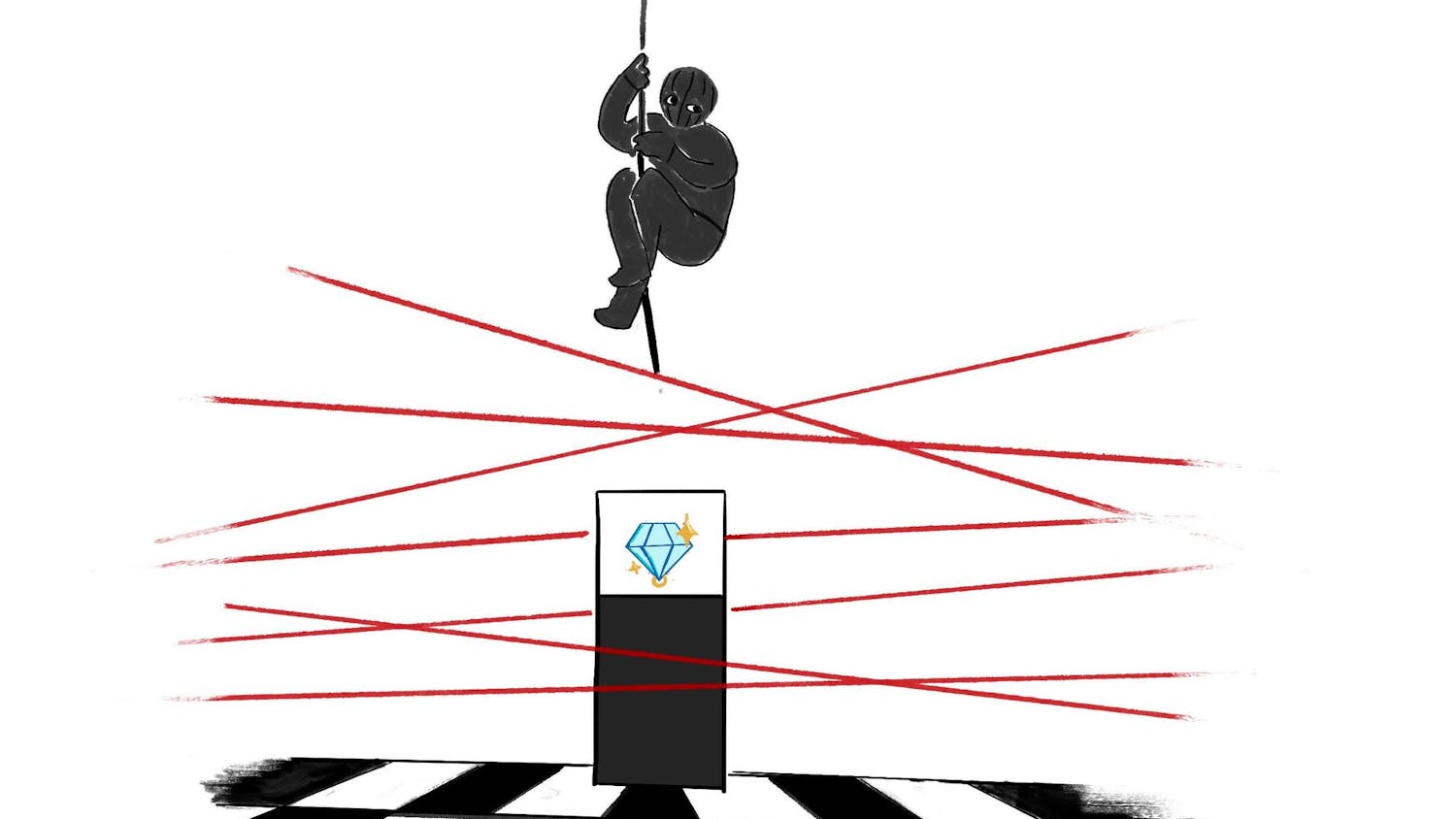Donald Trump secured the magic number of 270 electoral votes to secure the Presidency. Hillary Clinton fell short of 270, but received over two million more individual votes than Trump. This election is one of few where the popular vote winner did not win the electoral vote and the raw vote gap in this case is larger than any other instance where the winner did not obtain the popular and electoral votes.
The Electoral College was enshrined into our Constitution at the Constitutional Convention in Philadelphia in 1787. There are 538 total electoral votes, and 270 of the 538 are needed to win the presidential election. During the convention, the framers of the Constitution were working within the context of 13 colonies that comprised roughly four million people. These colonies had largely been sovereign entities underneath the previous Articles of Confederation. Today, fifty states and sixteen territories comprise of 320 million American citizens in a radically different national and global context.
A common assertion is that the electoral college was established to solve for the tensions between densely and dispersedly populated states and to provide a check on uninformed voters. The latter may have been true when life was certainly more local and less connected - but it simply is not plausible to argue that individuals are not capable of being informed voters and is blind to the conditional reward of voting privileges based on intelligence, especially in light of widespread educational inequity.
The imprisonment of Africans served as a backbone of the American economy and particularly the South. Madison expressed the dilemma slavery played in deciding an election system when he said: “The right of suffrage was much more diffusive [i.e., extensive] in the Northern than the Southern States; and the latter could have no influence in the election on the score of Negroes”. Southern states wanted their slaves to count as population and thereby increase the number of electoral votes and political clout the state had, commonly known as the Three-Fifths Compromise. The roots of this system leave a stain on the continuation of it.
There is simply no way the framers intended for the Electoral College to operate within an expansively different nation - they did not even foresee the end of imprisonment and enfranchisement for people of color and poor, uneducated individuals.
One may argue that states with more people have more leverage over the outcome and warrants the need for Electoral College. This issue is exacerbated by the Electoral College system itself. Certain states have more electoral votes. Due to this, presidential candidates typically bounce around the map of states and focus heavily on states with a hefty number of electoral votes and on swing states. This makes certain states like Florida inherently more important and receive more attention than states like Alabama. In a popular vote system, communities and states get more influence simply when they get more individuals to vote. In the electoral-vote system, a state has the same amount of votes and power if 5% or 90% of the electorate shows up to the polls. It is common to hear in non-swing states that many felt like their vote did not matter here. The predetermined influence of states can leave voters in majority of U.S. states ignored and feeling even more disconcerted with government.
The capricious nature of the Electoral College is shown in the online tool “Redraw the States” created by mathematician and data scientists Kevin Wilson, where you can move counties into neighboring states and see the result it would have on the electoral vote. The Washington Post details a handful of specific scenarios where the electoral vote varied wildly in result. This doesn’t necessarily mean we should abolish state lines, but the online tool highlights a lack of accuracy in reflecting the genuine will of the electorate. It also implies that small population shifts at the state and county level can alone sway the election of the federal executive branch. This could become and arguably already has been a factor in fueling disenfranchisement and tampering with voting rights, which are all the more precious following the Shelby County v. Holder decision concerning the Voting Rights Act.
Individuals who are being elected to effectively serve as CEO of the wealthiest nation in world history should have to build an inclusive platform and organize a comprehensive network that authentically inspires voters and persuades them to believe that their time and effort to go vote is worth it.
Do you like this story? The Plainsman doesn't accept money from tuition or student fees, and we don't charge a subscription fee. But you can donate to support The Plainsman.




